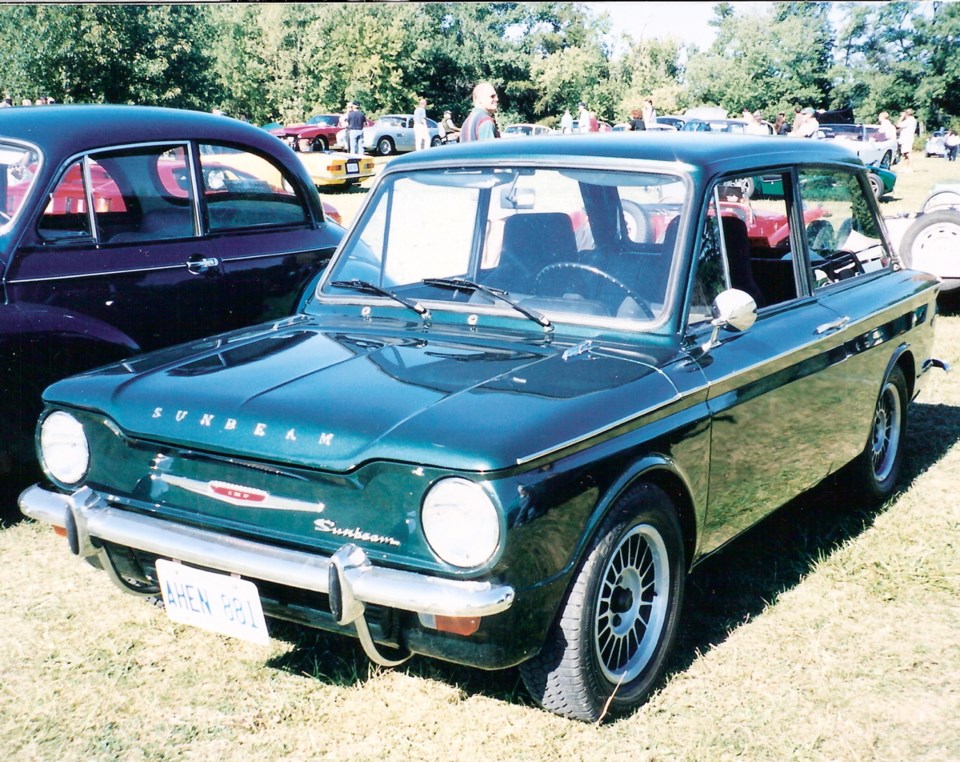As cars were evolving, their creators tried a variety of configurations: engine in the front, in the rear and under the seat. Then in 1900, Mercedes placed the engine in the front with a four-speed transmission behind it. Power went to the rear wheels, although through chains, not a shaft, and the general layout of the automobile was established.
Front engine/rear drive became the norm, but in the 1920s and ’30s another layout started to emerge when European engineers, including Hans Ledwinka and Ferdinand Porsche, began experimenting with rear-engine configurations.
Porsche’s powerful 1930s Auto-Union racers had the midships engine between the driver and the rear axle, and in the mid-1930s the Porsche-designed German Volkswagen had its air-cooled engine behind the rear axle. The same layout was used when the Porsche car was introduced in 1949.
Following the Second World War, the Volkswagen became so popular that several manufacturers, including Italy’s Fiat, France’s Renault and Simca, and Germany’s NSU and BMW, took up the rear-engine idea.
American Preston Tucker used the layout in his unsuccessful 1948 Tucker “Car of Tomorrow” that he claimed would revolutionize the industry. Even mighty General Motors succumbed to Dr. Porsche’s spell with the 1960 Chevrolet Corvair.
The British were largely unmoved, although some smaller makers such as Lotus and Lola did produce rear-engine cars.
Then in 1963, the Rootes Group, makers of Hillman, Singer, Sunbeam and Humber cars, surprised the industry with its rear-engine Hillman Imp (Sunbeam Imp in North America). Their Mini-fighter was almost as technically novel as the Mini.
The unit-construction Imp was really small, measuring just 3,531 millimetres long, with a 2,083-mm wheelbase. The Volkswagen was 4,064 and 2,388 mm respectively.
The Imp was not as tiny as the Mini, but it wasn’t much bigger, and in spite of its diminutive size, it carried off its “shrunk-down Corvair” styling quite well.
With rear engine placement in such a small car, the mechanicals had to be as light and compact as possible. The engine was an all-aluminum (block, head, valve cover and sump) overhead-cam, water-cooled inline four of just 875 cc. It had originally been developed by Coventry Climax to power fire pumps.
The 42-horsepower four propelled the 744-kilogram sedan to 100 km/h in 25.2 seconds and a top speed of 122 km/h, according to Road & Track.
The engine was longitudinally positioned and slanted 45 degrees to the right for a lower profile. It was located behind the rear axle and drove the rear wheels through a floor-shifted, four-speed manual all-synchromesh transmission with an aluminum case.
Rather than a long, circuitous accelerator cable, it had a pneumatically operated throttle. This would prove troublesome and be replaced by a cable.
An interesting feature was that instead of conventional universal joints on the inner ends of the drive axles, the angularity was taken by big rubber “donuts” called “Rotoflex” couplings. There were regular universals at the outer ends of the axles.
The all-independent coil-spring suspension was also unusual because the front wheels were mounted on swing axles. This gave them a decidedly cambered look, rather like the Volkswagen Beetle’s bow-legged rear wheels. Semi-trailing rear links were used and the 12-inch wheels were shod with 5.50x12 tires. Drum brakes were used all around.
The rack-and-pinion steering had the tie rod ends attached to the middle of the steering rack, not to the ends as in conventional designs. This allowed the tie rods to exactly follow the path of the suspension arms.
The Imp could accommodate four passengers, although it was a bit short on rear legroom. There was a small luggage compartment under the hood and another bin at the rear accessed by a top-hinged rear window. With the rear seat folded, the Imp became a roomy little hauler.
The Imp was built in a new dedicated factory in Linwood, Scotland, from 1963 to 1976. In typical British fashion, it evolved into several badge-engineered versions such as the aforementioned Hillman Imp, Singer Chamois, Sunbeam Stiletto and Husky station wagon. Few, if any, of these reached North America.
Although it was technically interesting, the Imp didn’t achieve the popularity of the British Motor Corp. Mini. Cars of Imp and Mini size were considered too small by most North American motorists.
They accepted the Volkswagen, but there was a limited market for anything much smaller. And with cheaper gasoline, fuel economy was not as urgent as in Europe. Also, the Imp suffered some early problems in such areas as the pneumatic throttle and carburetion, although these were corrected. Approximately 500,000 Imps and derivatives were produced over a 14-year period.



